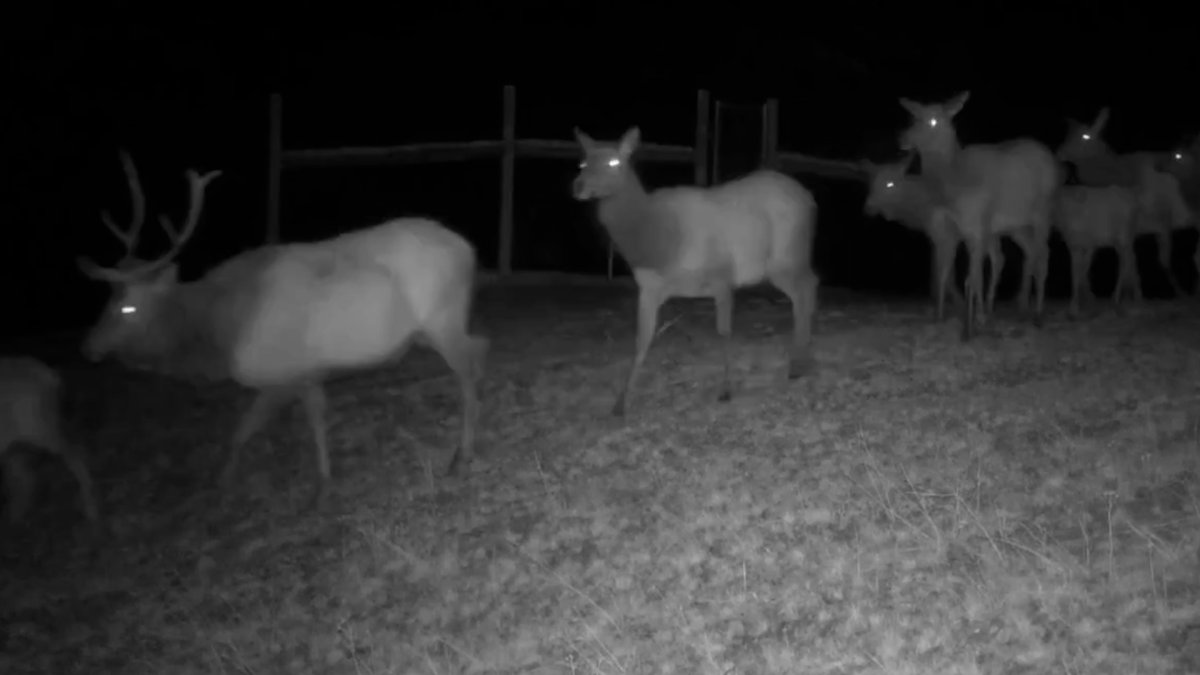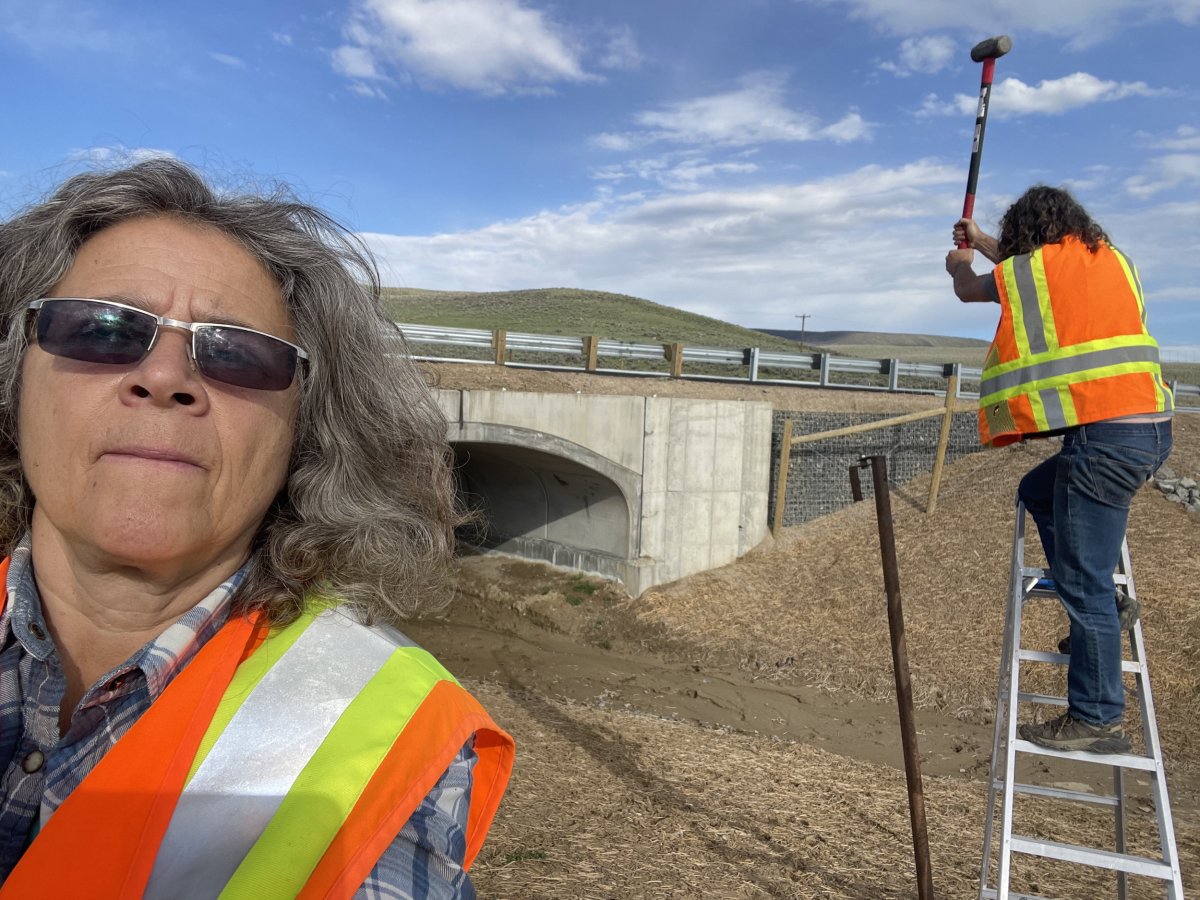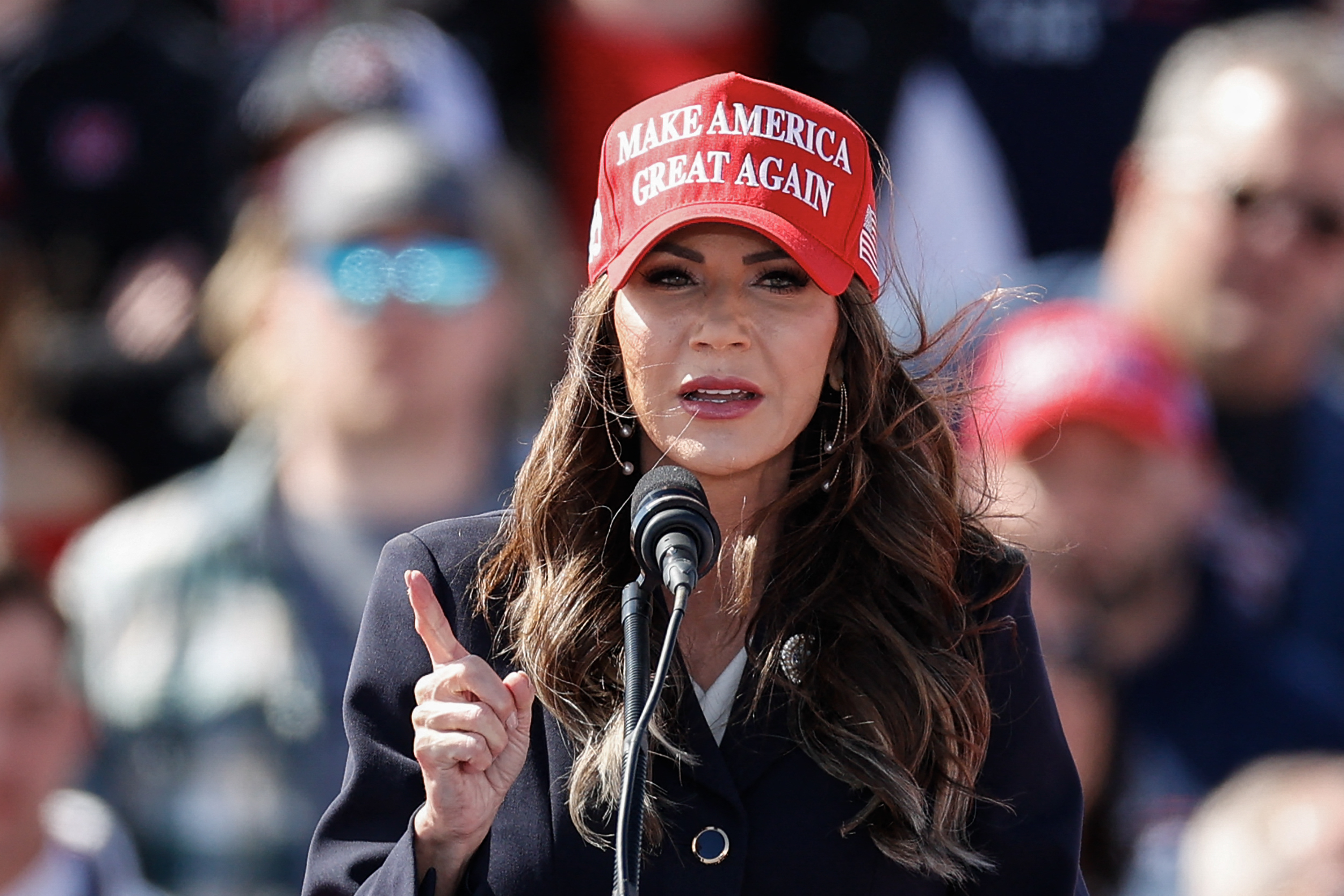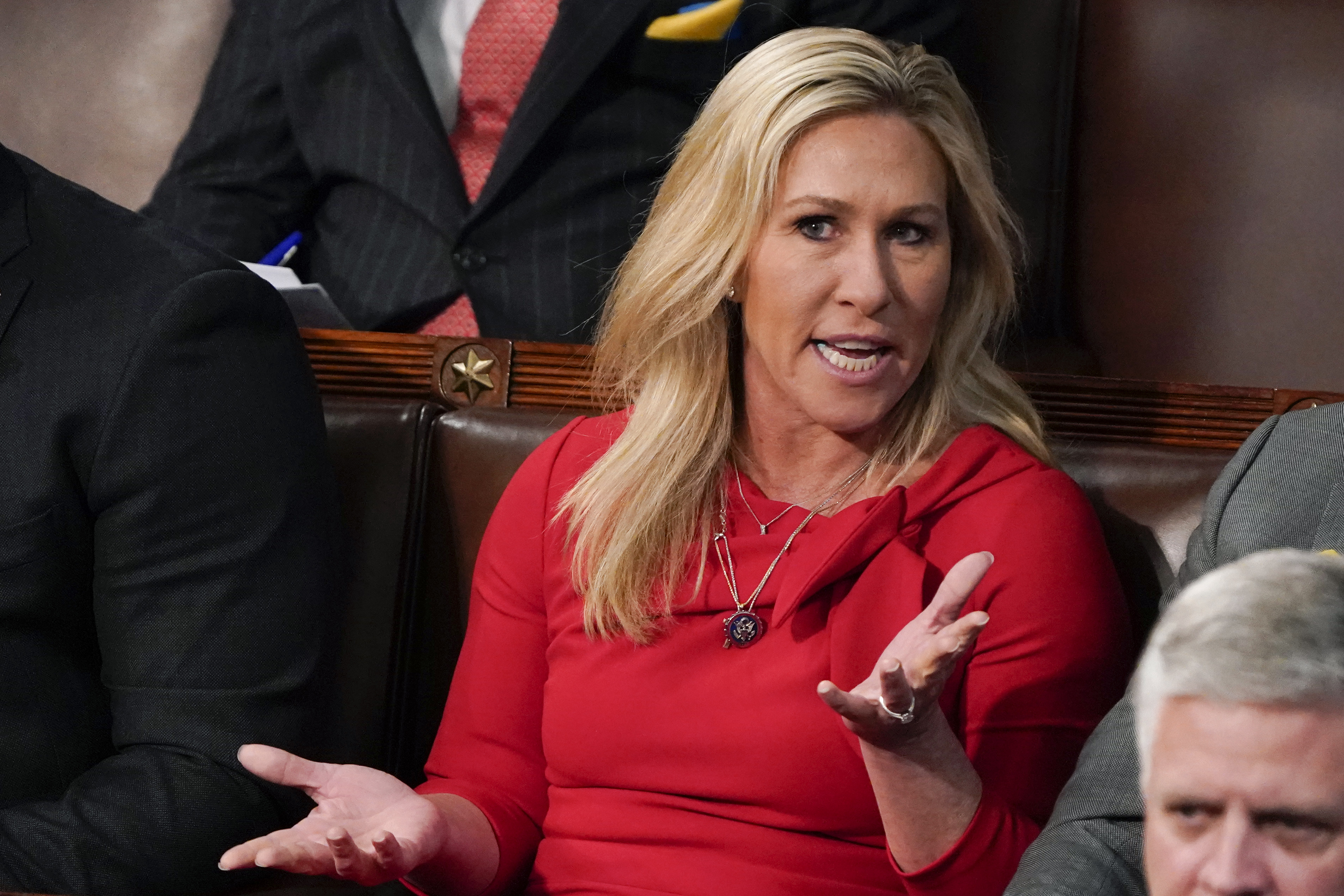A moose, a deer and a fox walk into a tunnel. It might sound like the setup for a joke, but it's actually a scene that wildlife ecologist Patricia Cramer captured while studying how animals use wildlife crossings.
"This bull moose comes into the culvert in the middle of the night and the camera at one end catches him sleeping in the culvert," Cramer said as she described for Newsweek one of her favorite animal interactions from the thousands of hours of wildlife footage she and her husband have gathered.
A female mule deer attempted to pass through, she said, only to discover the dozing moose blocking her way.
"While they're working it out, on the other end, there's a red fox caught by the other camera," Cramer said. "And so, within a few moments time, we've got three different species interacting with each other and all using this culvert."

The unlikely meeting of moose, deer and fox demonstrates the wide array of wildlife using tunnels and bridges to safely pass under or over highways that are too often the scenes of mass carnage.
Wildlife-vehicle collisions kill millions of animals each year around the country, cause massive property damage and result in thousands of human injuries and hundreds of deaths as well. And as climate change causes more animals to seek suitable habitat, wildlife crossings can help them adapt.
"Crossing structures are really important to help wildlife move about," Cramer said. "We've put roads and vehicles through their homes."
Cramer has been researching how wildlife and highways interact for nearly 20 years, and she is the founder and director of the Wildlife Connectivity Institute, which works with state and local governments to effectively site and design wildlife crossings.
Wildlife camera traps and other monitoring techniques help her to better understand how the structures are used by different species—and there are many species to track, she said. Her list begins with small amphibians and reptiles like salamanders, frogs and turtles. Many of these species move about in the spring to breed, and roads take a terrible toll.
"They get killed trying to cross the road to get to where they've got to lay their eggs," Cramer said. "You've got populations of turtle where all the boys are left and there's no girls because they all got killed."
Cramer lives in Montana, and she said the expansion of the interstate highway system in western mountain states decades ago brought a sharp rise in deaths among larger mammals. Now she monitors elk, deer, pronghorn antelope, foxes, black bears, coyotes and many more species using the growing number of wildlife crossings.
"Then we have skunks going through, we've got jackrabbits, which is really kind of neat to see," Cramer said, smiling as she continued with her cast of animal crossing characters. "Bobcats, badgers, which look like this floating carpet because they have such short legs and all this fur, they kind of float through there."
Cramer said many crossings require an extensive system of fences to guide animals to the bridge or tunnel and away from the highway, and she and other researchers are discovering more about which designs work best.

As people are learning more about the crossings, she said, there are examples of animals learning as well, sometimes taking lessons from other species.
"Mule deer are the trainer animals," Cramer explained. Some herd animals such as elk are at first hesitant to use a tunnel, she said, likely because they fear ambush by predators in a constricted area.
"The elk will mull about, and the deer will come along," she said. The deer are less fearful, and when they pass through, the elk follow. "This has happened in Utah, Colorado and Wyoming, that 'trainer' deer [are] out there waiting to teach the other animals how to do it."
Cramer said overpasses generally work best for elk, pronghorn antelope and big horn sheep. An overpass she monitored in southern Colorado has been especially successful with elk.
"We have parades of elk going over and it just makes my heart happy," she said.
Research by Cramer and others shows that within just a few years, a wildlife crossing structure can reduce collisions along the nearby stretch of highway by 75 to 90 percent.

That success has helped Cramer make an economic argument for building structures.
"They are a cost-effective way of addressing the problem from the human side," she said, pointing out the human toll from collision deaths, injuries and damage to vehicles. "We've got structures in the western states where they pay for themselves in less than five years."
Cramer said a combination of the effects of climate change and newly available federal funding makes this an especially ripe time for highway planners and transportation officials to start building more wildlife crossings.
Last year, the U.S. Department of Transportation announced a new wildlife crossing pilot program with $350 million in funding available to states and tribal governments.
Cramer and more than a dozen other wildlife and highways experts last year issued a consensus statement urging officials to put that money to use to develop what they termed "climate-informed" wildlife crossings.

Scientists say many animal populations will need to find more suitable habitat as climate change makes some places less hospitable.
"They've got to move to a new area, but they're boxed in," Cramer said. "We find populations literally blipping out and dying out because they can't get across the road."
Cramer said she sees an exciting opportunity to build on the demonstrated success from wildlife crossings in place so far and to undo some of the damage our highways have inflicted on the natural world.
"It's very wonderful to fix something that we messed up," she said, pausing to reflect on her deep personal connection to the issue. "My dad was a civil engineer and he built roads," she said. "I think it's so fitting that his daughter is going back to those roads and retrofitting them."
Uncommon Knowledge
Newsweek is committed to challenging conventional wisdom and finding connections in the search for common ground.
Newsweek is committed to challenging conventional wisdom and finding connections in the search for common ground.
About the writer
To read how Newsweek uses AI as a newsroom tool, Click here.








